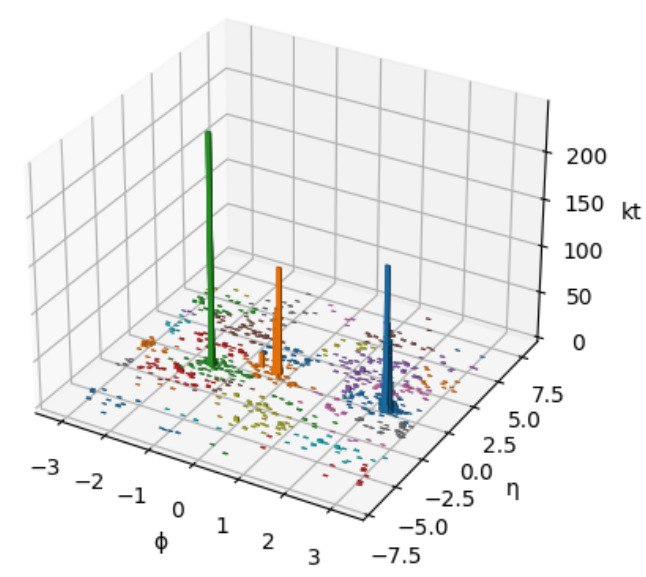Dispelling the N^3 myth for the Kt jet-finder
At high-energy colliders, jets of hadrons are the observable counterparts of the perturbative concepts of quarks and gluons. Good procedures for identifying jets are central to experimental analyses and comparisons with theory. The Kt family of successive recombination jet finders has been widely advocated because of its conceptual simplicity and flexibility and its unique ability to approximately reconstruct the partonic branching sequence in an event. Until now however, it had been believed that for an ensemble of N particles the algorithmic complexity of the Kt jet finder scaled as N^3, a severe issue in the high multiplicity environments of LHC and heavy-ion colliders. We here show that the computationally complex part of Kt jet-clustering can be reduced to two-dimensional nearest neighbour location for a dynamic set of points. Borrowing techniques developed for this extensively studied problem in computational geometry, Kt jet-finding can then be performed in N ln N time. Code based on these ideas is found to run faster than all other jet finders in current use.
PDF Abstract